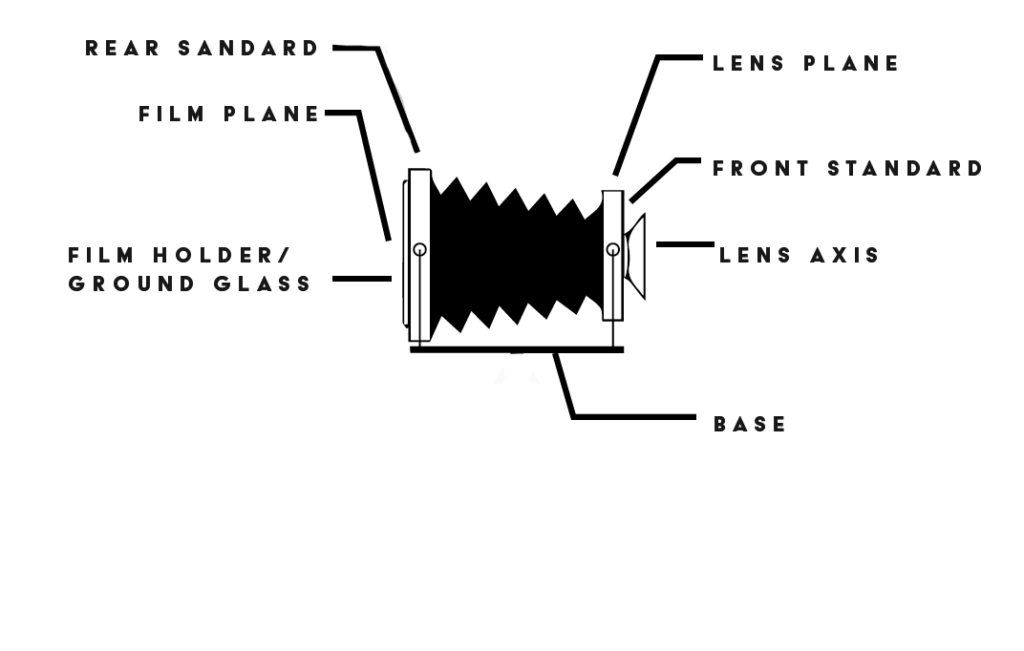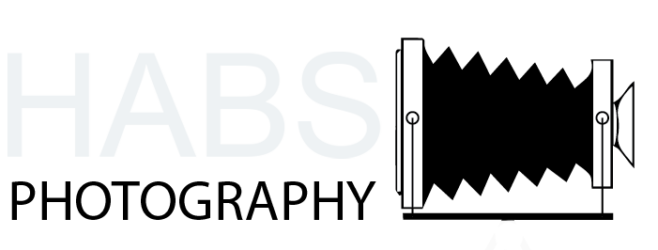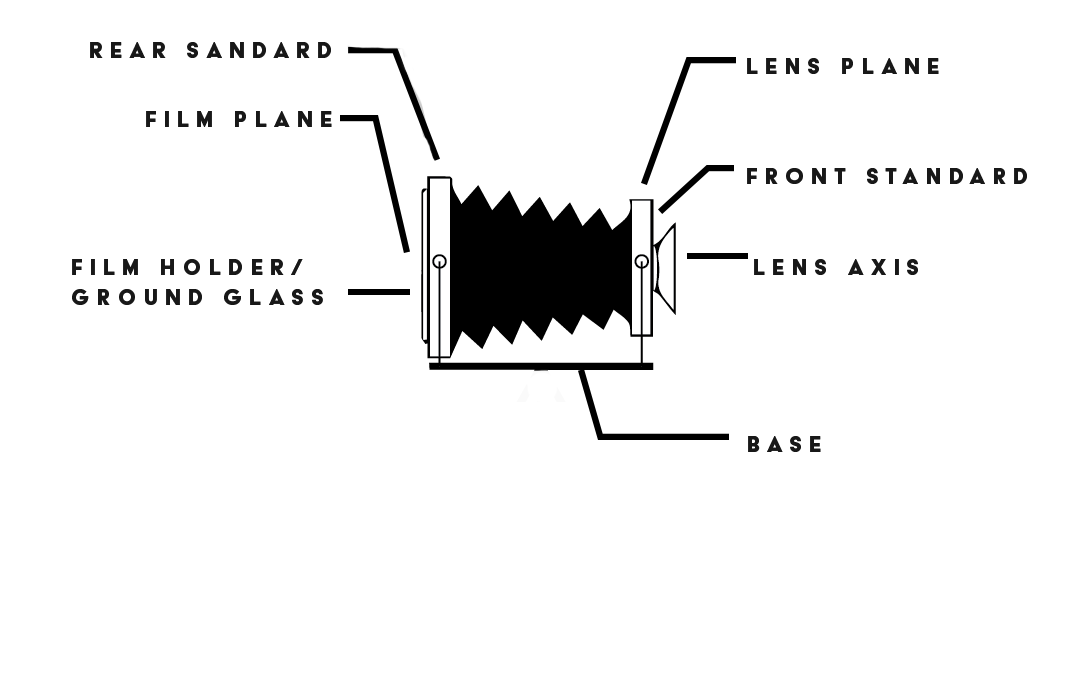
The rear standard is the back portion of the large format camera. Movements made to the rear standard control the perspective of the final image, or the minimization and enlargement of the background and foreground. This is where you will view your image on the ground glass. The ground glass is a translucent plate where the incoming light from the lens is focused and composed prior to inserting the film holder.
The front standard is the front portion of the large format camera. The front standard is where the lens is mounted to the camera and it is responsible for the majority of the movements that affect the focus of your final photograph.
A film plane is the area inside the large format camera with a lens where the lens creates the focused image. The film plane varies in distance from the lens focal point in cameras from different manufacturers. Thus, each lens used has to be chosen carefully to assure that the image from the lens is focused on the exact place where the individual frame is positioned during exposure. It is sometimes marked on a camera body with the ‘Φ’ symbol where the vertical bar represents the exact location.
In a large format camera with swing and tilt capability, the optical axis of the lens, only in rare cases, intersects the film plane at its center. When a generous amount of swing and/or tilt is applied, part of the film frame may wander outside the image circle.
To learn more about the large format camera parts and how they are used visit Camera Movement
The photographers at New South Associates have a working knowledge of the settings in a large format camera. We can use this equipment precisely and effectively in order to capture your resource in the best light.

